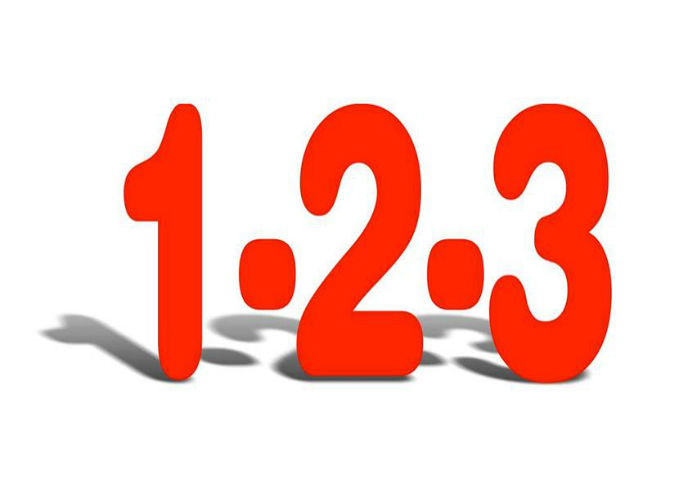Eliminate archive issues in three easy steps
There’s a lot of confusion in business infrastructure due to all the different kinds of hardware, software, virtual-ware and mobile tools that they can choose from. While some may rush out and pick up all the latest tools and toys, there’s no guarantee that these services will actually run well in the enterprise environment. What’s more, the essentials of corporate compliance and functionality can easily become lost in the fray.
So how are companies supposed to avoid these concerns without losing out on all the latest computing trends? A strong tape archive solution is the answer. With backup tape tracking and software oversight, integrating new tools can be handled with confidence, as integral resources remain safely stored in long-term vaults for future disaster, audit and other compliance challenges.
Here’s three more steps that support best practices in data environments:
Create tiers
There’s more than one type of data in any corporate environment. Why, then, would a firm want to keep everything balled up in a single classification of archive or backup tape management?
It makes more practical and compliance sense to produce a tiered environment, TechTarget stated. This provides various layers in which information can exist, even so far as to generate staging areas, prioritization ranges and day-to-day snapshot control. By diversifying internal archives in this way, its not only easy to tell when things are out of alignment, but it also makes responding to an audit or disaster substantially easier.
Add objects
Object storage gives companies a way of looking at a huge amount of information in a more practical and manageable way. TechTarget stated that this kind of technology also reduces the load for backup and archive servers, thereby enhancing accuracy through workload shrinkage. Basically, if the transfer needs to handle less, it’s easier to execute on a regular basis. That in turn reduces the likelihood of missing something important or damaging archive data accuracy.
Don’t forget big data
Some firms may think that their current level of information is simply what’s to be expected. However, especially when dealing with layers of software, diverse endpoint integration and ongoing expansion, there’s going to be a similarly substantial influx of more data. Lots of it, too, as Information Age pointed out. So it’s best to continually ramp up archive tape management so as to have space for all these files without slowing down operations.

